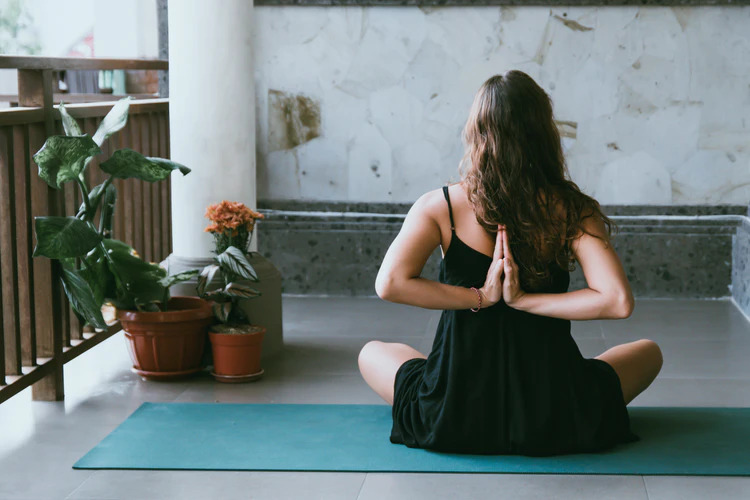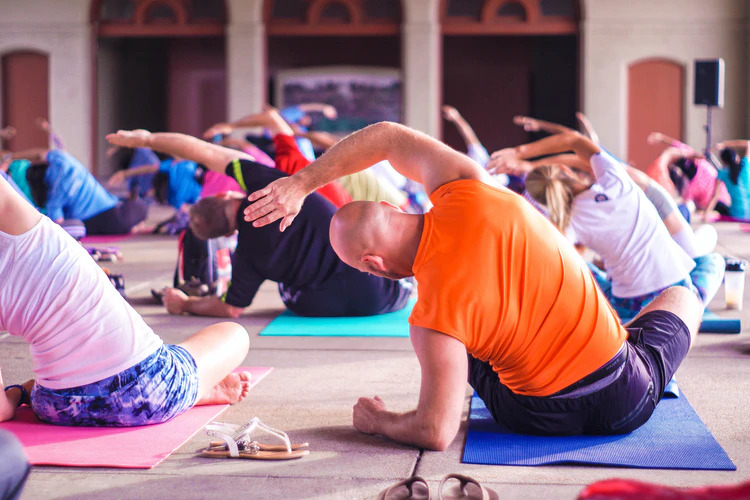If you are thinking about taking your first yoga class and joining the community of enthusiastic yogis, you will have plenty of company. According to new studies, approximately 14 percent of adults in the U.S. are practicing yoga these days. Moreover, yoga was ranked in 7th place of the most popular fitness trends in 2019 by the American College of Sports Medicine.
Even though yoga is all about relaxing and staying worry-free, participating in a first yoga class can be scary because of the unknowns. When you are new to yoga, you are sure to have a lot of unanswered questions and possibly a few misconceptions as well. This article aims to help you feel more prepared and confident for your first yoga class with six things you need to know.
1. Yoga Goes Beyond Fitness
Nowadays, yoga is a popular choice of exercise all over the world. Yoga practitioners enjoy yoga classes for various reasons, including weight reduction, circulatory and cardio health improvements, improved flexibility as well as muscle strength and toned body parts. However, yoga is more than just a form of workout.
Yoga originated from the Indus Valley Civilization dating back thousands of years, and in those times, yoga was not considered a form of exercise. Yoga was perceived mainly as a life philosophy that values self-transformation and mindfulness. Classical yoga practice (also known as “Raja yoga”) normally includes eight types of yoga practices (also known as “eight limbs”). However, most yoga classes today focus largely on one practice, which is called “asana” (also known as “the physical limb”), out of the eight practice types. Asana yoga practice focuses on different poses, while other yoga practices focus on social principles, philosophical principles, breathing techniques, concentration, and meditation.
2. Purchasing a Yoga Mat
For new yoga practitioners, using a good yoga mat is really important as a quality yoga mat can help you to maintain strong poses which will result in correct and proper form. Furthermore, yoga mats normally serve as protection between our bodies and the wooden practice floor. There are so many cool mat designs but make sure to look for a non-slip mat as these can help prevent accidents. Good yoga mats are highly durable and function significantly better than thin mats.
Not using a proper yoga mat is one of the most common mistakes that new yogis make. Of course, a cotton mat or a level floor can serve as your practice surface. However, your poses and form on these surfaces will not be optimized in the same way that they will be when using a proper yoga mat which has been specifically designed for yoga practice.
3. Anyone Can Try Yoga
Photos of yogis and yoga classes tend to include challenging and difficult yoga poses, which might seem intimidating for beginners. Challenging poses normally require the experience and flexibility that can only be achieved from lots of practice hours. For new yogis at beginner level, there is no need to worry about flexibility or experience since everyone can step onto a yoga mat and start their yoga journey with an open mind. Remember that yoga is a long journey, and regardless of your shape and size, you can always implement yoga into your life.
4. Meal Time
Yoga practice typically includes a number of movements that will require your body to be twisted and contorted, which might make your stomach upset if you have a heavy meal too close to practice time. Depending on different health conditions and metabolic rates, it is recommended that you should eat no later than one hour before yoga practice but also avoid having a completely empty stomach in yoga class. Suggested food choices are easy to digest foods and foods that are not greasy or fried.
5. Different Yoga Styles
In yoga centers, you will likely come across different styles of yoga practice that are being offered, and it can get overwhelming for beginners. Keep in mind that yoga styles will vary from one yoga studio to another and by teacher to teacher. It is best that you explore different choices of yoga classes thoroughly before signing up. Make sure to mention that you are a beginner as well as communicating any goals you have regarding your practice to get the best advice.
6. Dressing for Yoga Class
You don’t need to invest in specialized yoga attire when you first begin. As long as your chosen clothing is comfortable and you can move freely in different yoga poses, you are good to go. Make sure that your choice of dress is well fitted and can absorb sweat effectively.

Practicing yoga is an exciting journey, and regular yoga practitioners benefit significantly both physically and mentally. In order to effectively participate in yoga, follow this guide of things you must know before taking your first class. Happy practice!

